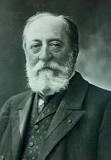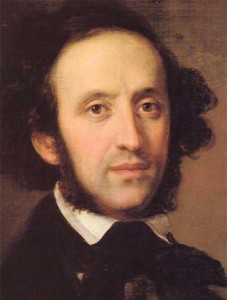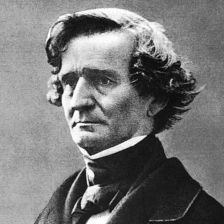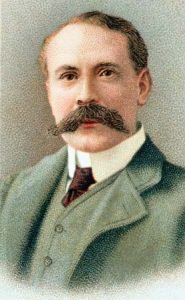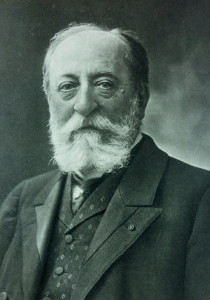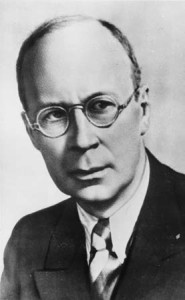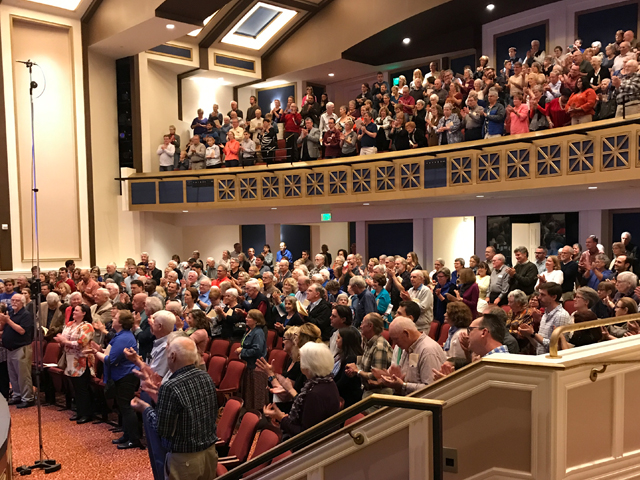Before each concert, we share “Manny’s Musings,” thoughts from our Music Director and Conductor, Manny Laureano. This is the third edition of the “Musings” for the “Music in 3D: #5” concert that will be performed on Sunday, April 22, 2018.
Danse Macabre, Op. 40
Camille Saint-Saëns (1835-1922)
Think of Camille Saint-Saëns as a 19th century composer version of actor Tom Hanks. That is to say that he not only had a wonderful talent for composing stirring and compelling works, but he was able to provide his audiences of both then and now with works that tremendously diverse in spirit and personality. The man that gave us a magical and witty Carnival of the Animals, a darkly majestic Organ Symphony, a peaceful and sensual 3rd Violin Concerto in B minor, and standard-setting A Minor Cello Concerto, would reach into his dark side and take us on a midnight trip to a graveyard for his most-played work, the Danse Macabre (1874).
While it is a tone poem, it is not heavy of plot. It is more about atmosphere with just a few clear indications of a tolling midnight bell (played subtly by the harp) and an early-morning cock crowing which is given voice by the solo oboe. He does provide us with some innovations to stir the imagination in the form of a solo violin with playing a strident tri-tone. He accomplishes this by having our concertmaster tune his open E string down to an Eb. This changes the familiar perfect 5th of the open E and A into the tri-tone originally referred to as diabolus in musica and banned by the church many centuries ago. Another new sound was that of the xylophone making its orchestral premiere in this work. Its brittle sound portrays the terpsichorean talents of the skeletons who take advantage of the lonely and deserted cemetery to revel until the morning sun threatens to reveal them.
Join Music Director & Conductor Manny Laureano, for the concert, “Music in 3D: #5” featuring Katia Tesarczyk, violin, and winner of the Mary West Solo Competition sponsored by MNSOTA. The concert takes place on Sunday, April 22, 2018, at 3 p.m., at the Gideon S. Ives Auditorium at the Masonic Heritage Center (11411 Masonic Home Drive, Bloomington)
To learn more about the concert, click here. You can order tickets online through the Masonic Heritage Center Box Office, or by calling 800.514.ETIX.
